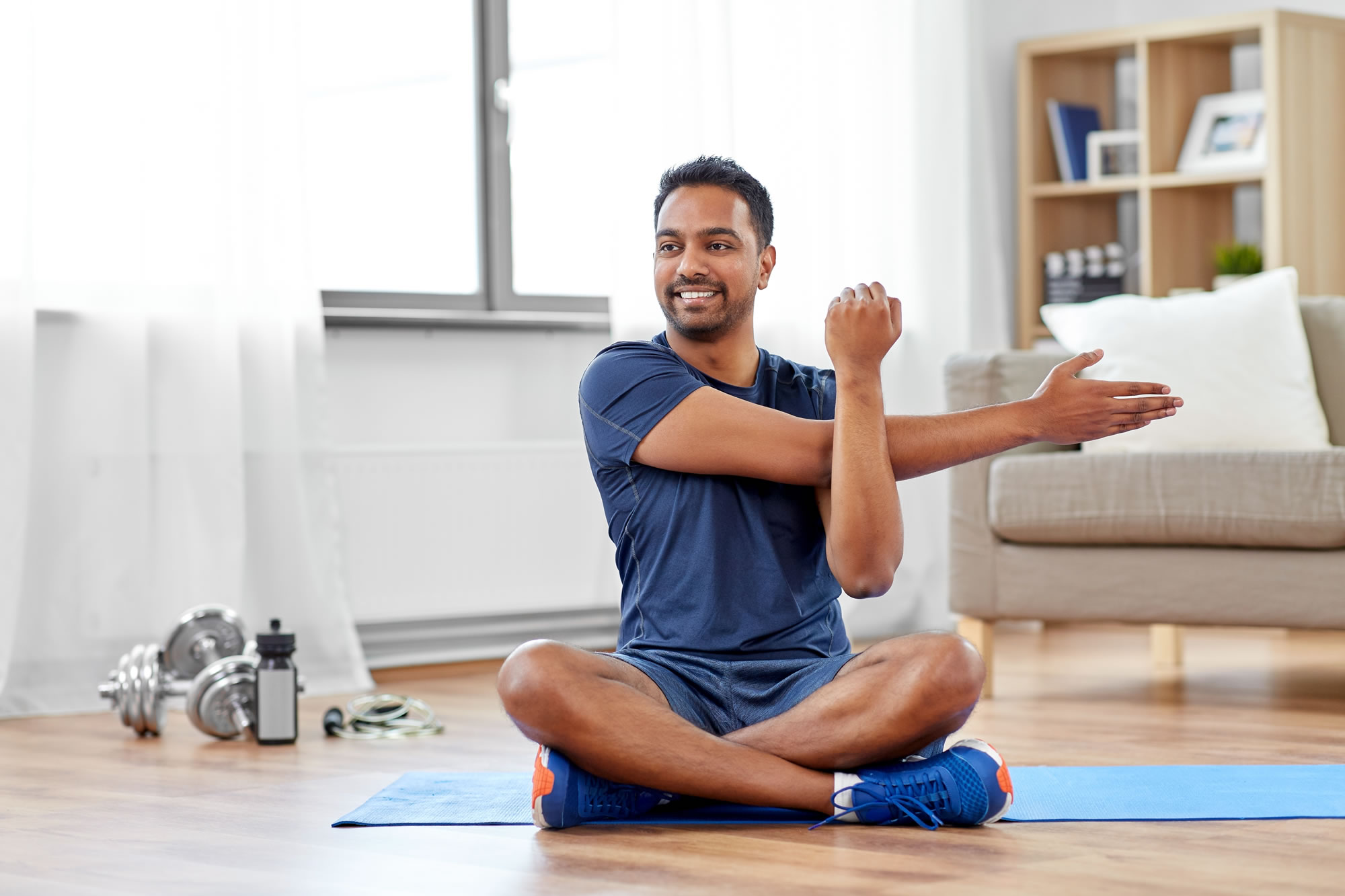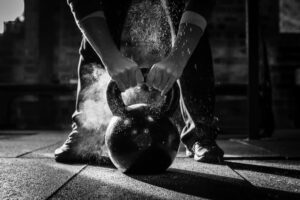The Globe and Mail’s Health Advisor column presents an interesting idea. What if you visit your physiotherapist before getting injured as a way to prevent future pain and suffering? We see the dentist every six months to prevent unwanted dental problems. So why not do the same for our orthopedic health?
It’s a concept called “prehabilitation,” and it’s gaining traction in sports and in pre-employment screening.
The process involves working with a physiotherapist to identify risk factors that might make you a prime candidate for common injuries.
It’s like gazing into a crystal ball to predict injuries before they happen, says physiotherapist Justin Vanderleest.
Vanderleest lists seven things a physio can look for in a prehabilitation visit:
- Posture
Did you sit up a little straighter as soon as you read the word ‘posture’? Vanderleest believes incorrect posture is at the root of almost every injury. Slouched sitting can lead to headaches and herniated discs, just as poor standing posture can place too much stress on joints and ligaments of the back, hips, knees and feet.
- Movement Screening
Physiotherapists can watch a person’s movement patterns to identify key muscle weaknesses and inflexibilities. Do your knees come together when you squat? If so, you’re a prime candidate for runner’s knee (patellofemoral syndrome). A physio can help you relearn movements, or help strengthen weak muscles that are causing the problem. They may also identify a need for orthotics to help re-position the feet.
- Muscle Weakness
A physio can assess what key muscles need strengthening. Common rotator cuff tears, for example, can be prevented if the four muscles that stabilize the shoulder are strengthened. And it’s important that core muscles are strong to stabilize the spine and back.
- Muscle Inflexibility
Yoga, anyone? According to Vanderleest, tight muscles can be more susceptible to tearing and can put excess stress on other important structures in the body. Tight hamstrings can lead to lower back pain, muscle strains, or herniated disks. Posture corrections can also help reduce muscle tightness.
- Joint Mobility
Use it or lose it. Joints tighten if they aren’t regularly used through their full range of motion. Sustained postures like sitting allow ligaments around the back and hips to tighten. Regular exercise and manual therapy from a physio can help you maintain or improve joint mobility.
- Faulty Movement Patterns
The mantra here is “no change, no gain.” Choosing to ignore improper movement patterns can cause extra wear and tear leading to premature osteoarthritis. So learning a new technique could be the most important part of your prehabilitation to avoid future pain and suffering.
- Activities of Daily Living
A good time to start with prehabilitation is when you’re planning to take on new, more strenuous work or exercise activities. According to Vanderleest, “harder activities amplify the negative effects of a person’s impairments. If you’re planning to run a marathon, your impairments may be more important than if you’re a casual walker.”







